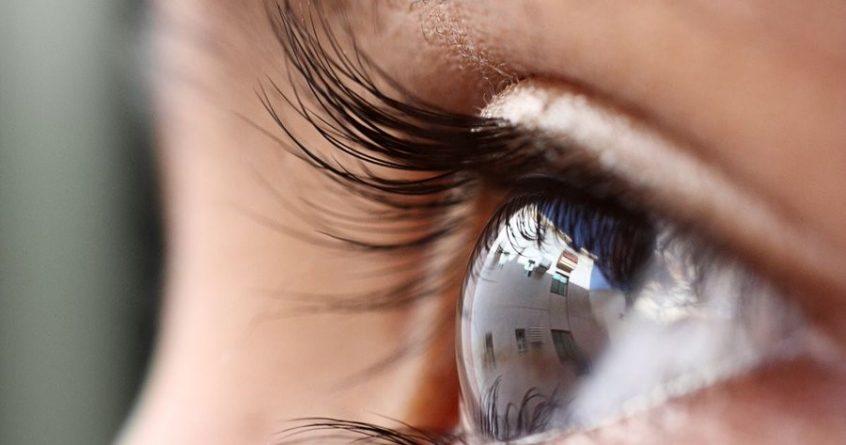We now find ourselves in the age of lab-grown mini organs. Recently I wrote about these mini brains playing tennis. Now it’s lab-grown mini eyes which researchers hope will help them look at how blindness develops.
The 3D ‘mini eyes’, known as organoids, were grown from stem cells generated from skin samples donated by patients at Great Ormond Street Hospital for Children.
In a healthy eye, the cells that detect light, the rods, are arranged in the back of the eye in the retina where images are processed.
Usher syndrome is the most common genetic cause of combined deafness and blindness, affecting approximately three to 10 in 100,000 people worldwide.
Children with Type 1 Usher syndrome are often born profoundly deaf, while their sight deteriorates slowly until they are blind by adulthood.
Although ear implants can help with hearing loss, there are currently no treatments for the cause of vision loss in Usher syndrome, retinitis pigmentosa.
First author, Dr Yeh Chwan Leong of UCL Great Ormond Street Institute of Child Health, said: “It’s difficult to study the inaccessible tiny nerve cells of the patient’s retina as they are so intricately connected and delicately positioned at the back of the eye.
“By using a small biopsy of skin, we now have the technology to reprogramme the cells into stem cells and then create lab-grown retinas with the same DNA, and therefore same genetic conditions as our patients.”
The mini eyes developed in this stunning research allow scientists to study individual light sensitive cells from the human eye, and in more detail than ever before.
It’s the first time researchers have been able to view the tiny changes in rod cells before they die. Incredible.
The mini eyes are grown from cells donated by patients both with and without the genetic fault that causes Usher syndrome, allowing the team to compare the healthy cells with those that will lead to blindness.
Understanding these differences could provide clues to eye changes before a child’s vision deteriorates and indicate the best targets for early treatment.
Professor Jane Sowden, also of UCL Great Ormond Street Institute of Child Health, said: “We hope these models can help us to one day develop treatments that could save the sight of young people with Usher syndrome.”
The team believes future research will create mini eyes from more patient samples, and use them to identify treatments, for example, by testing different drugs.
It may also be possible to edit DNA in specific cells to avoid blindness.

